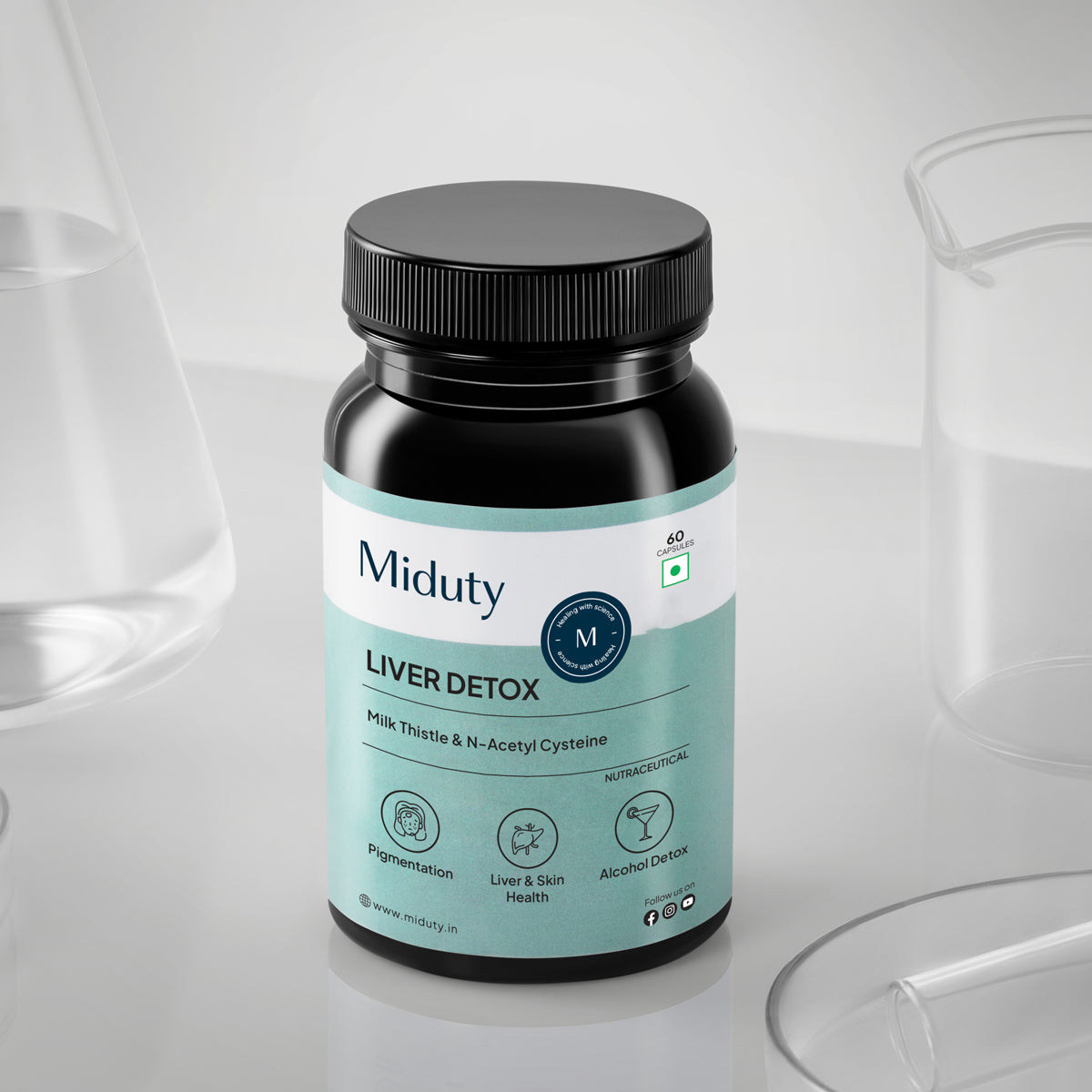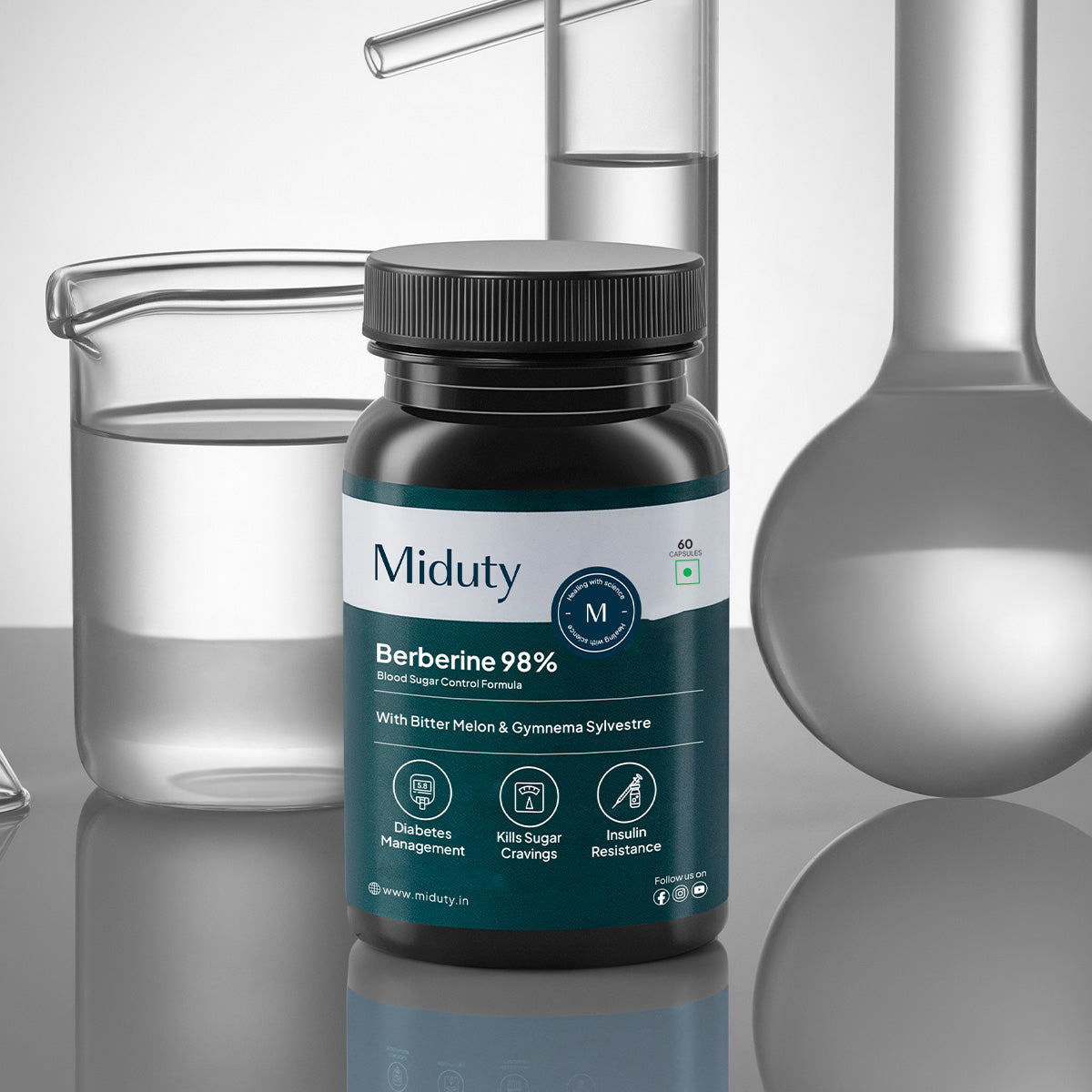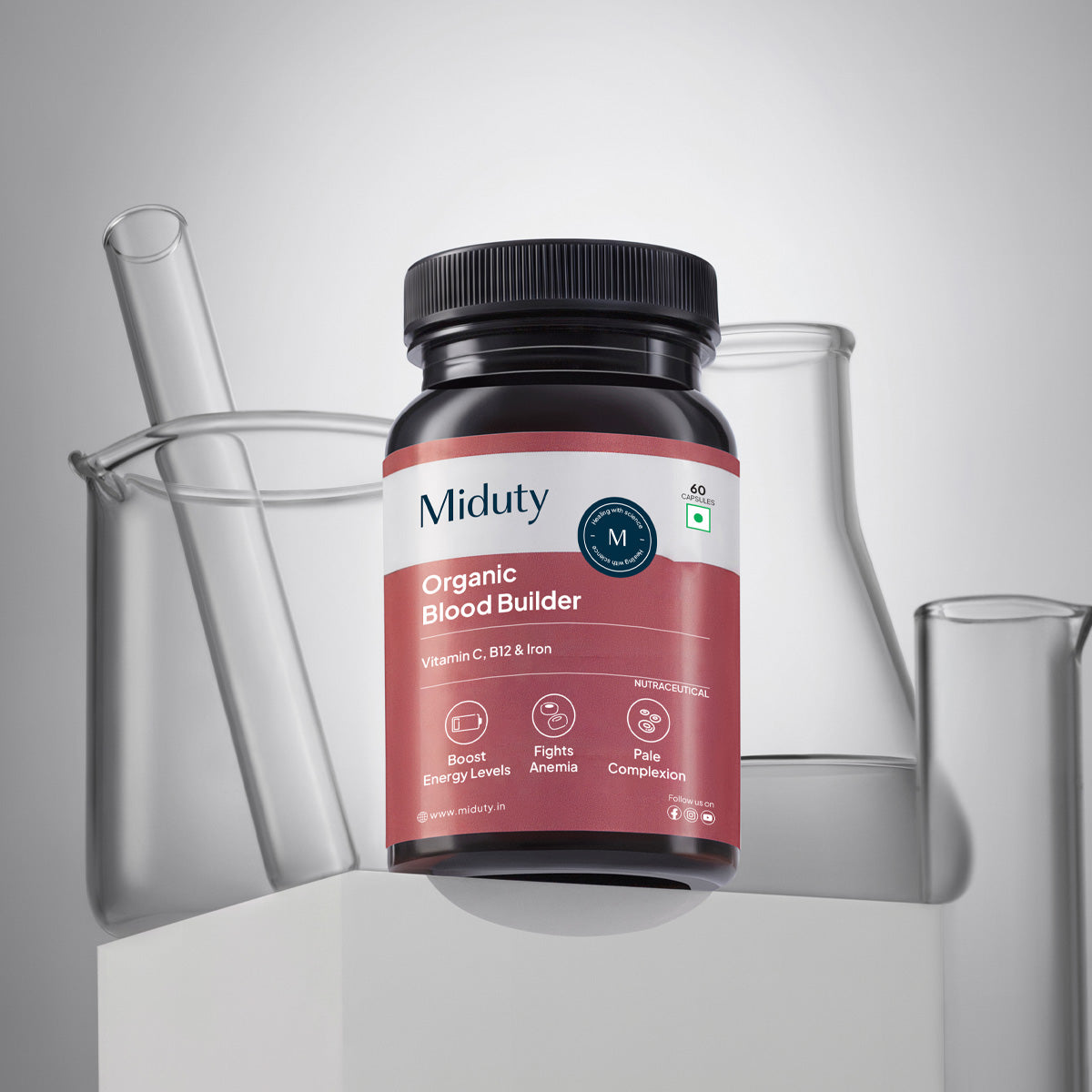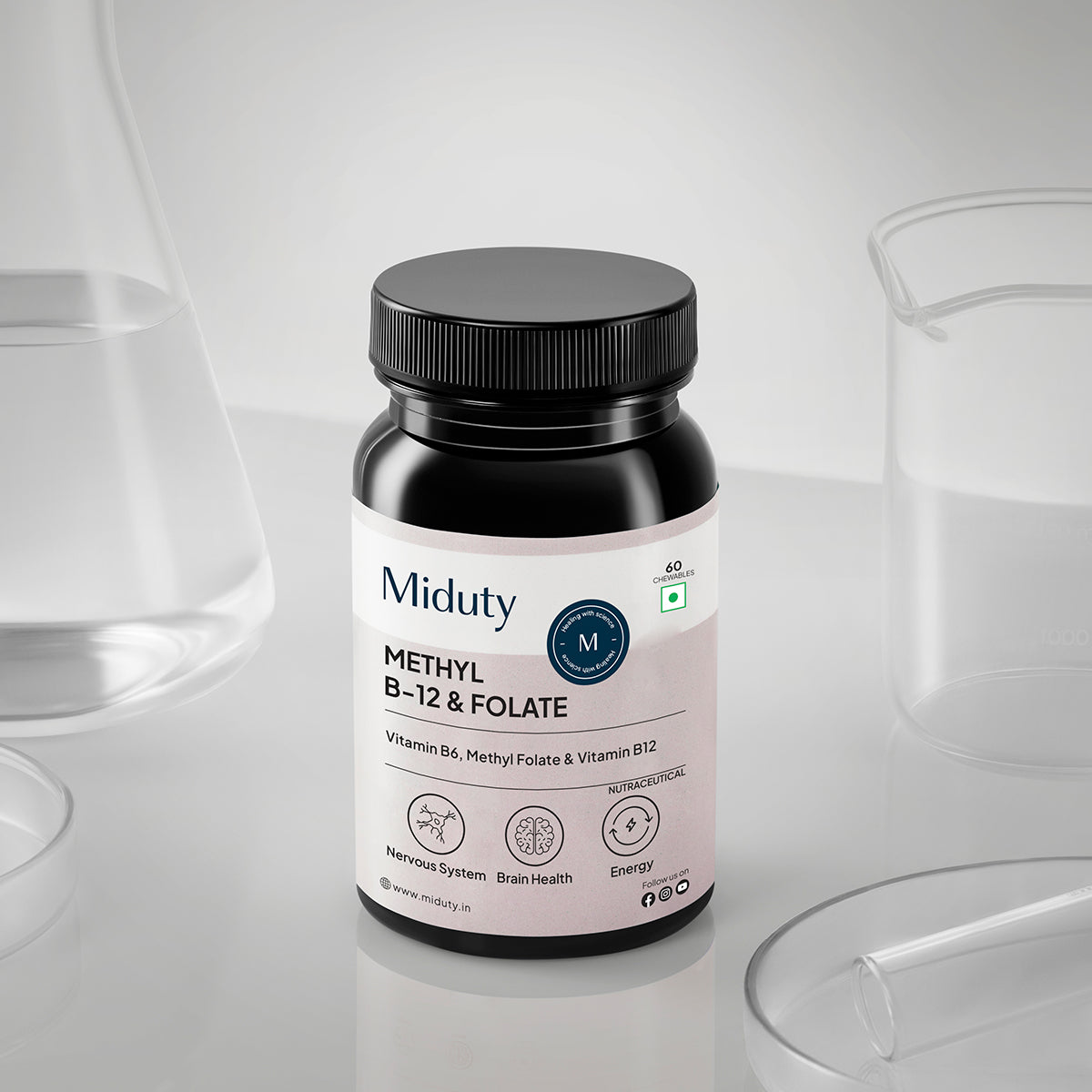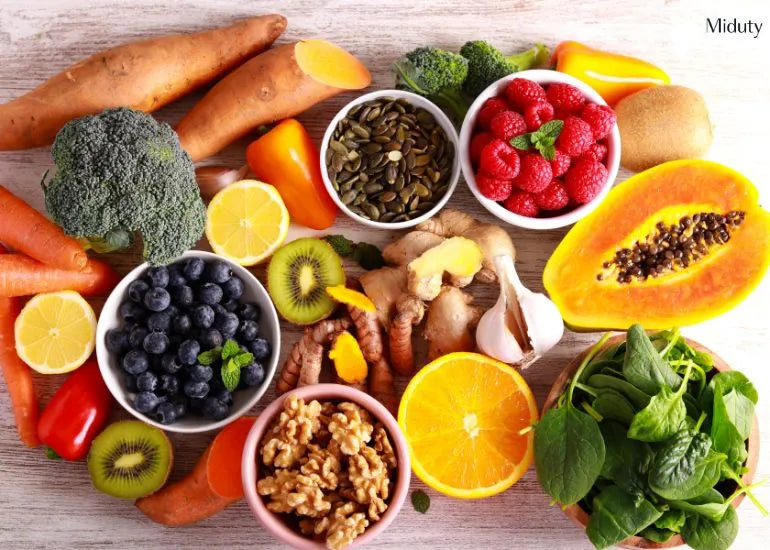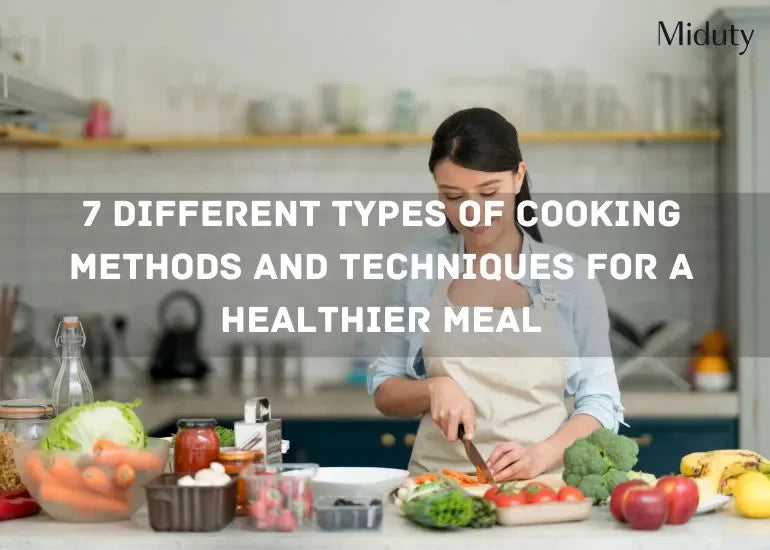
7 Different Types of Cooking Methods and Techniques for a Healthier Meal
How you cook your food is just as important as the ingredients you choose. Imagine investing time and money at the farmers' market, selecting the freshest, organic produce, and paying a premium for the best options. But if you cook these ingredients the wrong way, all your efforts could go to waste. Instead of providing your body with essential nutrients, you might unintentionally trigger inflammation or lose vital vitamins and minerals in the process.
In this blog, we'll explore the healthiest cooking methods that preserve the natural goodness of your food and highlight the risks of cooking it incorrectly.
Why Cooking Methods Matter?
Certain foods, like oils, proteins, and vegetables, can lose their health benefits if cooked improperly. When fats are heated past their smoke points, they become toxic, potentially leading to serious health issues like heart disease and cancer over time. Similarly, proteins, when exposed to excessive heat, lose their structure and become less useful to the body, reducing their nutritional value.
But it's not just fats and proteins that are affected—vitamins such as C and the B vitamins, which are essential for maintaining good health, are often destroyed during cooking. So, while it's important for food to taste good, it's equally crucial that it provides the right nutrients to fuel and nourish our bodies effectively.
What are the Different Methods of Cooking?
Cooking is an art, but it's also a science. From the way we prepare ingredients to the heat applied, every method transforms raw food into delicious meals. Understanding different methods of cooking not only boosts your culinary skills but also helps preserve nutrients and enhances flavor. Let's dive into the various cooking techniques, their benefits, and when to use them!
1. Poaching Cooking Method

Poaching involves gently cooking food in liquid at a low temperature, typically between 160-180°F. This method is perfect for delicate ingredients that might fall apart or lose texture when exposed to high heat.
- Why Poach? Poaching retains moisture, creating a soft and tender texture. It's also a healthy cooking option, as it requires no added fats.
- Ideal Foods: Eggs, fish, chicken breasts, pears, and peaches are commonly poached to achieve a velvety consistency.
- How to Poach: Bring your liquid (water, broth, or wine) to a gentle simmer. Add seasonings like herbs, spices, or citrus to enhance flavor. Submerge the food and cook until it's done.
- Pro Tip: Use a shallow pan and maintain a consistent temperature to prevent overcooking. For poached eggs, adding a splash of vinegar helps the whites stay intact.
2. Steaming Cooking Method

Steaming is a method of cooking food using steam from boiling water. It's one of the healthiest ways to prepare meals, as it preserves nutrients and flavors without needing oils or fats.
- Why Steam? Steaming ensures vegetables remain vibrant and crisp-tender. It's also excellent for maintaining the delicate textures of fish and dumplings.
- Ideal Foods: Vegetables (like broccoli, carrots, and spinach), seafood, rice, and buns.
- How to Steam: Place food in a steamer basket or tray above simmering water. Cover with a lid to trap the steam, and cook until tender.
- Pro Tip: Add herbs, ginger, or citrus peels to the water for subtle flavor infusion. Avoid overcrowding the basket to ensure even cooking.
3. Grilling Cooking Method

Grilling uses direct heat, usually from a flame or hot coals, to cook food. This method imparts a smoky, charred flavor that's hard to replicate with other techniques.
- Why Grill? Grilling caramelizes natural sugars in food, creating deep, complex flavors. It's also a quick way to cook meats and vegetables while locking in moisture.
- Ideal Foods: Meats (steaks, burgers, chicken), vegetables (zucchini, bell peppers), and fruits (pineapple, peaches).
- How to Grill: Preheat your grill, oil the grates, and cook food over direct or indirect heat depending on the recipe. Flip only when necessary to avoid sticking.
- Pro Tip: Marinate meats beforehand to enhance tenderness and flavor. Always let grilled meat rest for a few minutes before slicing to retain juices.
4. Roasting Cooking Method

Roasting involves cooking food in an oven with dry heat, which creates a crispy exterior and enhances the natural sweetness of ingredients.
- Why Roast? This method is ideal for achieving a golden-brown crust while keeping the inside moist. It's perfect for large cuts of meat and root vegetables.
- Ideal Foods: Chicken, turkey, potatoes, carrots, and nuts.
- How to Roast: Preheat your oven, season the food, and place it on a baking sheet or roasting pan. Use a thermometer to ensure meats reach the desired internal temperature.
- Pro Tip: Toss vegetables in olive oil and seasonings for even browning. For meats, basting with pan juices enhances flavor and moisture.
5. Broiling Cooking Method

Broiling uses intense heat from above to cook food quickly. It's like grilling but uses an oven broiler instead of an open flame.
- Why Broil? Broiling is excellent for achieving a caramelized crust without overcooking the interior.
- Ideal Foods: Thin cuts of meat, fish fillets, and quick-cooking vegetables.
- How to Broil: Place food on a broiler-safe pan and position it close to the heat source. Monitor closely, as broiling can burn food quickly.
- Pro Tip: Preheat the broiler for even cooking and rotate the pan halfway through to avoid hot spots
6. Sautéing Cooking Method

Sautéing involves cooking food quickly in a small amount of oil or butter over medium-high heat. It's a versatile technique for preparing a variety of dishes.
- Why Sauté? Sautéing creates a flavorful crust while keeping food moist inside. It's also a great way to build a base for sauces.
- Ideal Foods: Vegetables, small cuts of meat, seafood, and aromatics like onions and garlic.
- How to Sauté: Heat oil in a skillet, add the ingredients, and stir or toss frequently for even cooking.
- Pro Tip: Use a non-stick pan for delicate foods like fish. For an added depth of flavor, deglaze the pan with wine or broth after sautéing.
7. Simmering Cooking Method

Simmering involves cooking food in liquid at a temperature just below boiling, around 185°F. This method allows flavors to meld and ingredients to tenderize slowly.
- Why Simmer? Simmering is ideal for dishes that require long cooking times, such as soups, stews, and sauces.
- Ideal Foods: Tough cuts of meat, legumes, grains, and broths.
- How to Simmer: Bring the liquid to a boil, then reduce the heat to maintain a gentle bubbling. Skim off impurities for a clear broth.
- Pro Tip: For richer flavors, simmer with a lid partially covering the pot to concentrate the liquid.
Why You Should Try Different Cooking Methods?
Exploring different types of cooking methods allows you to unlock a world of flavors and textures that you may have never experienced before. Each cooking technique brings out unique qualities in food, whether it's the tender, delicate texture of poached eggs or the crispy, caramelized exterior of roasted chicken.
By experimenting with methods like grilling, sautéing, or steaming, you can transform everyday ingredients into culinary masterpieces. Moreover, using the right technique ensures that nutrients are preserved, and the natural flavors of the food are highlighted.
Conclusion
The way you cook can make all the difference between a meal that's nutritious and one that inadvertently harms your health. By understanding and using the right cooking methods, you can preserve essential nutrients, enhance flavors, and transform your dishes into both delicious and wholesome creations. From the gentle finesse of poaching to the bold flavors of grilling and roasting, every technique has its time and place in the kitchen.
Cooking isn't just about following recipes; it's about making conscious choices that impact your well-being. So, whether you're crafting a perfectly steamed vegetable medley or a smoky grilled steak, remember: how you cook is as important as what you cook. Embrace these methods, experiment with new flavors, and turn every meal into a culinary masterpiece that nourishes your body and delights your palate.



